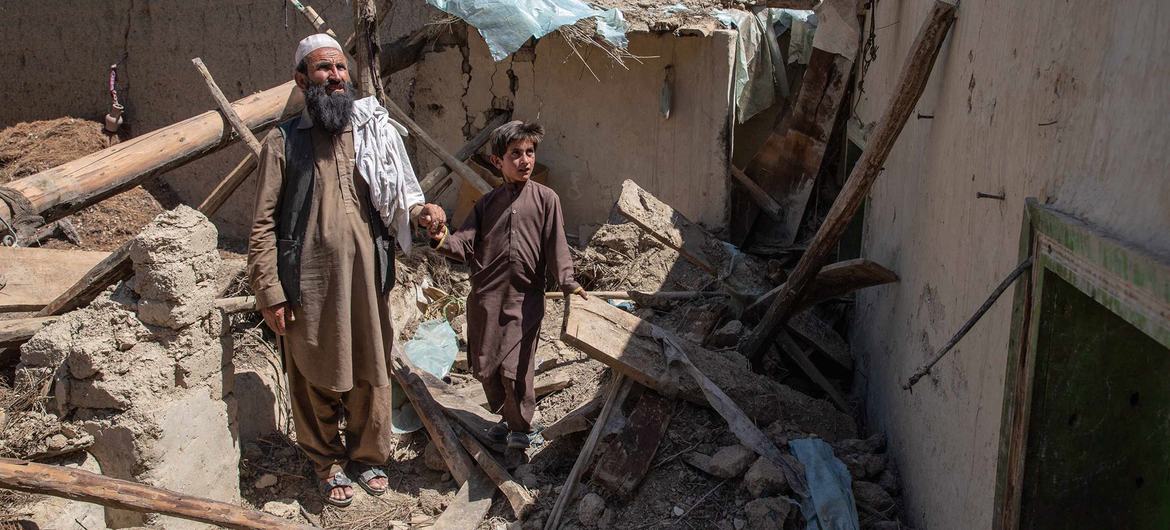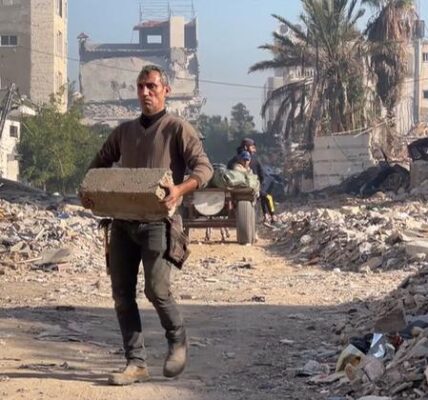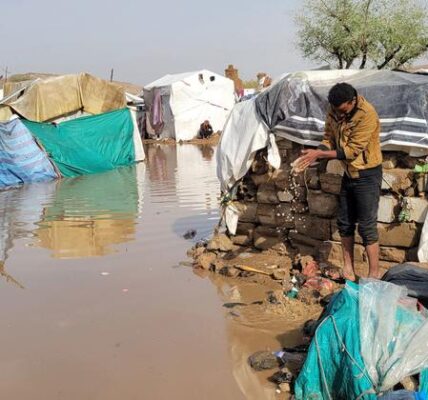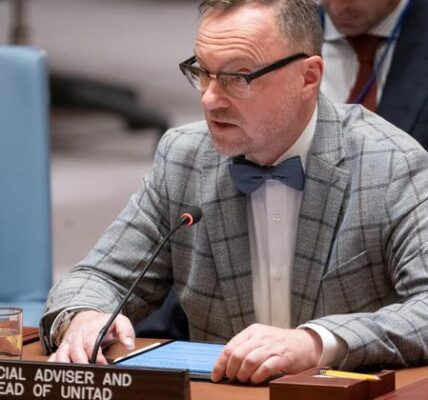The Taliban’s enforcement of strict dress codes for women in Afghanistan must be brought to an end.
Since the beginning of January, there has been a rise in reported incidents that are allegedly connected to women not adhering to the Taliban’s strict dress code.
The experts chosen by the Human Rights Council urged the de facto authorities to adhere to Afghanistan’s human rights duties, as outlined in the Convention on the Elimination of All Forms of Discrimination against Women.
The initial onset of the Taliban crackdown occurred in western Kabul, primarily inhabited by the Hazara minority community. This group has been subjected to extremist violence for several years. The crackdown quickly spread to other regions, including those with a Tajik population, such as Bamiyan, Baghlan, Balkh, Daykundi, and Kunduz provinces.
Forcibly taken
During the operation, women and girls who were accused by the Taliban of not adhering to strict hijab standards were arrested in public areas such as shopping centers, schools, and street markets.
According to a statement released by the UN Office of the High Commissioner for Human Rights on behalf of the experts, several individuals were forcibly transported in police vehicles and held without communication or access to legal counsel.
According to sources, women and girls were confined in cramped areas at police stations and given only one meal per day. Some of them also experienced physical abuse, threats, and coercion.
In May 2022, the governing authorities mandated that all women follow a dress code known as “proper hijab”. This involved wearing a chadari, a loose black garment that covers the entire body and face, while in public. Male family members were responsible for ensuring compliance with this rule and could face consequences if they failed to do so.
Institutionalized discrimination
Some of the detainees were released within a few hours, while there were reports of others remaining in custody for days or even weeks.
The current number of potentially detained individuals who could be held incommunicado is difficult to determine due to a lack of transparency and access to justice.
Their release has been made contingent on male family members and community elders providing assurances, often in writing, that they would comply with the prescribed dress code in the future.
The experts stated that not only does punishing women for their clothing choices, but also placing the responsibility on men is a violation of women’s autonomy. This perpetuates a system of discrimination and control over women and girls, further marginalizing them in society.
The individuals voicing their opinions are authorized by the Human Rights Council to observe and communicate about the state of human rights in the nation, as well as instances of violence and discrimination against females.
They serve voluntarily, as individuals, and are not employed by the UN nor do they receive payment.
Troubling pattern
In the previous month, a United Nations report revealed that numerous Afghan women were pressured to resign from their jobs, arrested, or denied necessary services during the final three months of 2023.
Individuals who were detained consisted of women who were buying birth control pills, female employees at a medical establishment, and women who were unaccompanied by a mahram – a male companion.
According to sources, the governing officials expressed that it was not acceptable for a single woman to be employed.

A man and his son are strolling through the remains of their house, which was demolished by an earthquake in Afghanistan.
Dire humanitarian situation
The state of humanitarian affairs throughout the nation is still worsening.
For over 40 years, a continuous state of conflict, persistent poverty, environmental disasters caused by climate change, and limitations on fundamental rights have resulted in nearly 24 million individuals, including more than 12 million young individuals, requiring humanitarian aid and safety.
The UN and its partners in relief efforts have implemented a response plan for 2024 that aims to provide assistance to 17.3 million people, with a budget of $3.06 billion.
More food resources are necessary in addition to restoring the farming industry, healthcare systems, and access to clean water and sanitation. Safeguarding the well-being of women, children, and other at-risk populations is also a crucial focus.
Source: news.un.org



